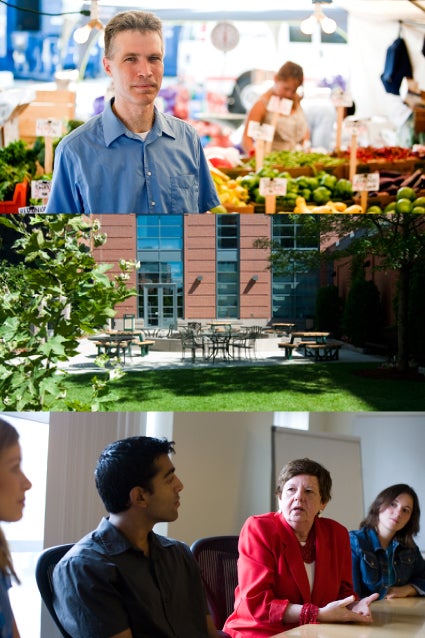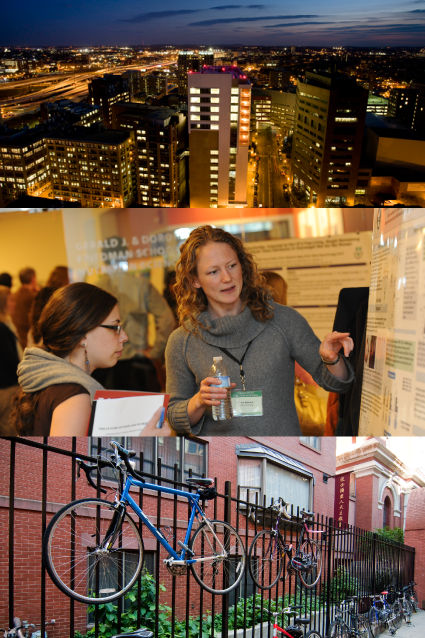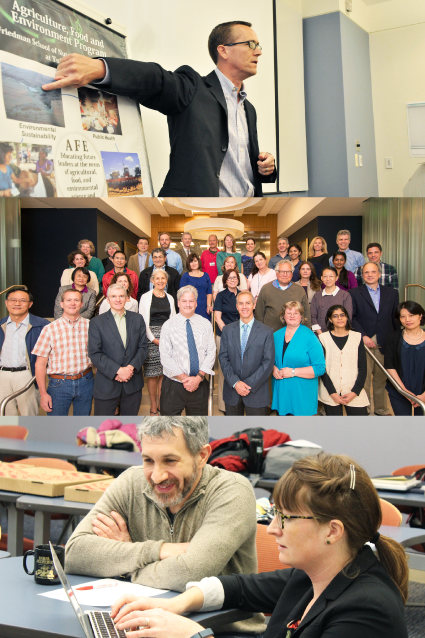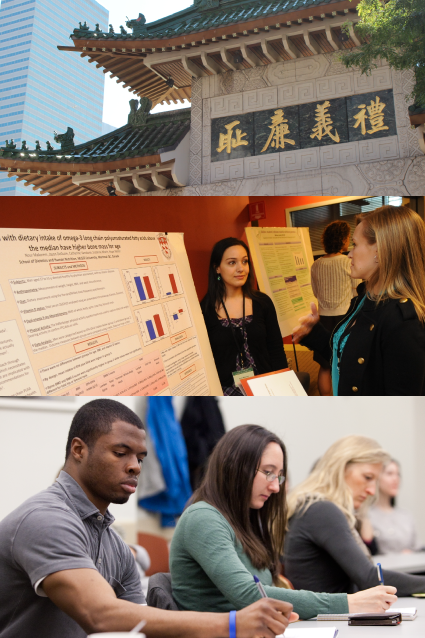Many problems in agriculture, food and nutrition are inherently geographic in nature. This course introduces Geographic Information Systems (GIS) and its applications. GIS is a combination of software, data, methods and hardware with capabilities for manipulating, analyzing and displaying spatially referenced information. In its simplest applications GIS links spatial location to data. Applications of GIS in agriculture and food systems include analysis of spatial patterns of water and air pollution and foodborne illness resulting from livestock production concentration in large feeding operations, physical access to stores and restaurants for marginalized populations, and problems in nutrition and public health related to hunger hotspots, food deserts, and disease corridors. This course will equip students with the skills needed to capture, analyze and communicate spatial data in geographic information systems (GIS). Prerequisite: Graduate standing or instructor consent.







